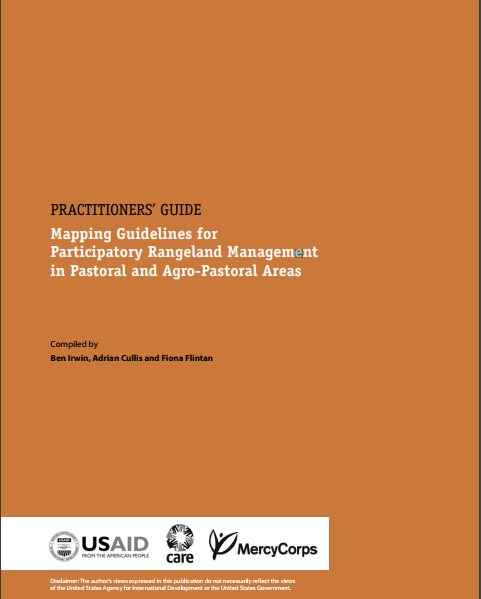Location
About Us
We envision a world in which land governance systems, both formal and informal, are effective, accessible, and responsive for all. This is possible when land tenure and property rights are recognized as critical development issues and when the United States Government and its development partners demonstrate consistent attention and a firm commitment to supporting coordinated policies and programs that clarify and strengthen the land tenure and property rights of all members of society, enabling broad-based economic growth, gender equality, reduced incidence of conflicts, enhanced food security, improved resilience to climate change, and effective natural resource management.
Mission Statement
The USAID Land Tenure and Resource Management (LTRM) Office will lead the United States Government to realize international efforts—in accordance with the U.S. Government’s Land Governance Policy—to clarify and strengthen the land tenure and property rights of all members of society—individuals, groups and legal entities, including those individuals and groups that are often marginalized, and the LTRM Office will help ensure that land governance systems are effective, accessible, and responsive. We will achieve this by testing innovative models for securing land tenure and property rights and disseminating best practice as it relates to securing land rights and improving resource governance within the USG and our development partners.
Members:
Resources
Displaying 51 - 55 of 440Using Participatory Approaches to Ensure Women’s Access to Justice
Last week, we featured an innovative participatory approach that uses technology to record land rights in Tanzania. This week, we have an example of an innovative participatory project design from Kenya.
Technology and Participatory Mapping in Rural Tanzania
The mobile technology used by USAID in Tanzania features spatial visualization of parcels.
Last week, we described how USAID uses participatory approaches to strengthen and secure land rights. This week, we highlight an innovative participatory approach to formalizing land rights using mobile phones.
Participatory Approaches Strengthen Land Tenure Programming
Participatory mapping workshop in Jalalabad, Afghanistan, September 13 -15, 2011. Photo credit: Tetra Tech / Gary Hunter and Anna Soave
This month, we are highlighting participatory approaches that make land tenure programming more inclusive, effective, and sustainable. USAID uses participatory approaches—approaches that engage local communities and beneficiaries in project design and management—in our efforts to secure and strengthen land tenure and property rights in projects around the world.
PRACTITIONERS’ GUIDE Mapping Guidelines for Participatory Rangeland Management in Pastoral and Agro-Pastoral Areas
This Practitioners’ Guide provides the step-by-step instructions and checklists that will guide a mapping team through a mapping exercise.
To Strengthen Women’s Land Rights, Don’t Forget Boys and Men
Guest commentary by Dr. Cynthia M. Caron, Assistant Professor of International Development and Social Change, Clark University.



